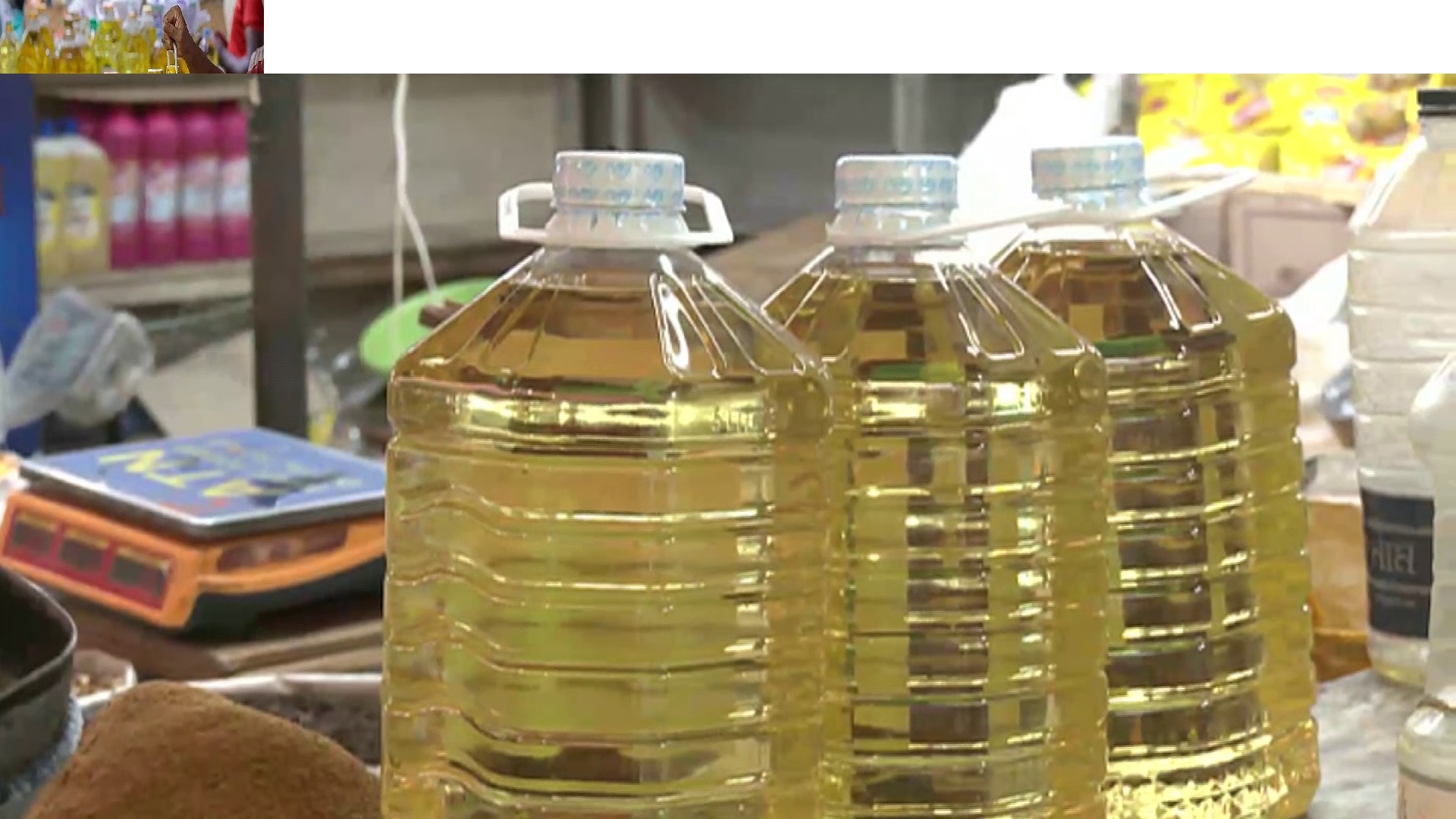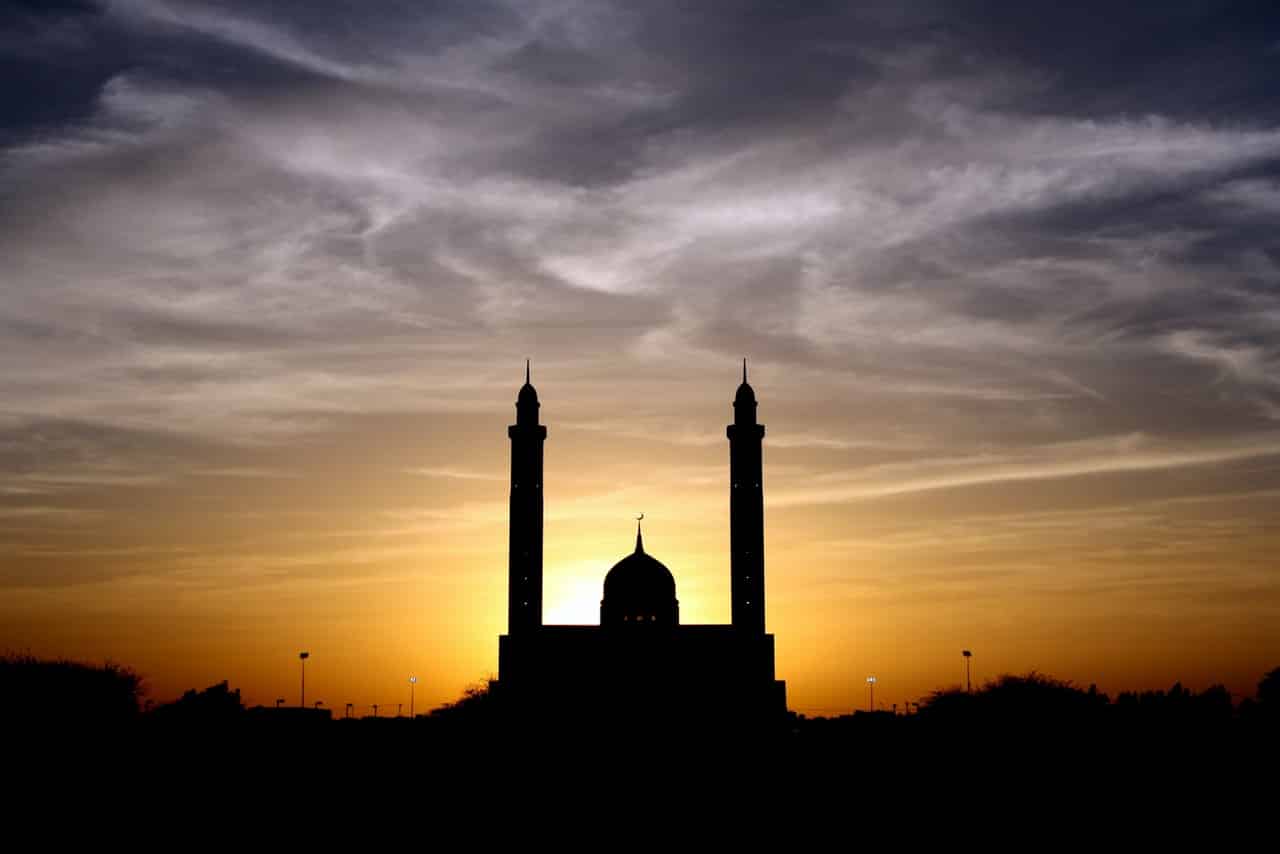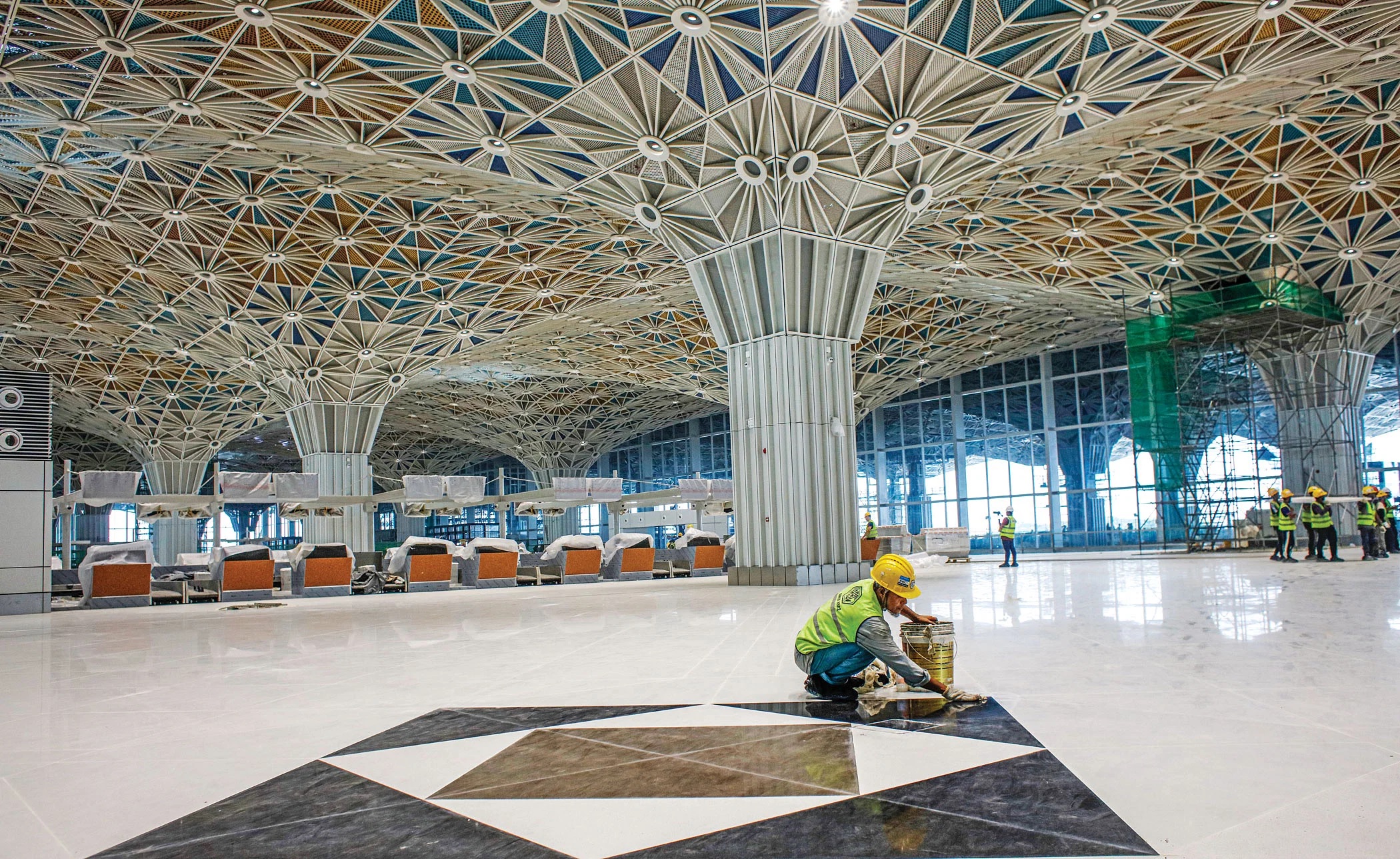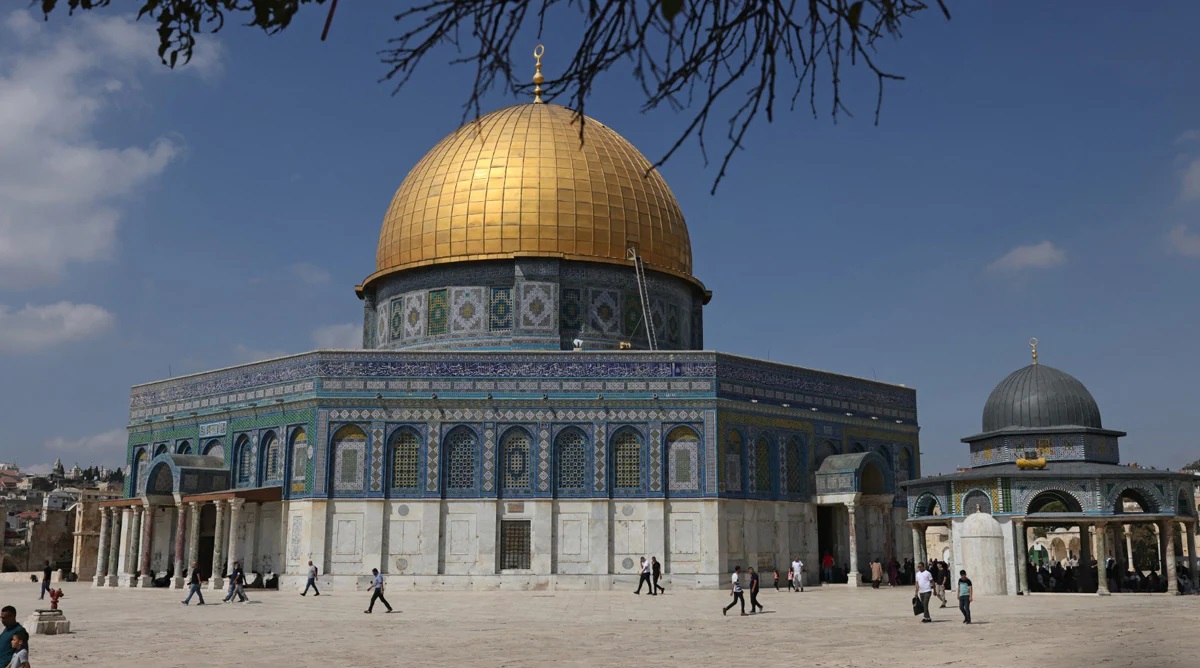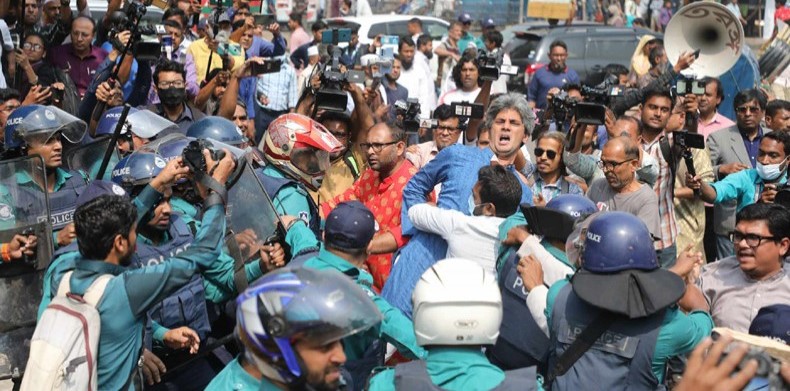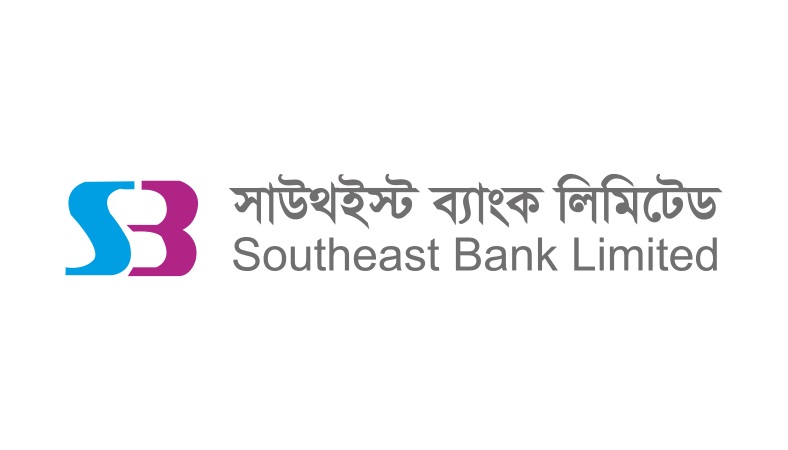Danish Embassy in Dhaka has begun an exhibition on “Smart Cities and Green Liveability” to promote human centric approach towards urban planning, architecture and functional designs that work for people and the environment.
Inaugurating the exhibition on Tuesday evening, Ambassador of Denmark to Bangladesh Winnie Petersen highlighted Danish creativity in regard to contemporary design and planning that enable the move towards more sustainable living.
She said in Denmark, architects, urban planners and engineers shifted their focus on liveability, which all knows is an important conversation for stakeholders involved in urbanisation.
“For a densely populated city like Dhaka, this conversation is quintessential and urgent,” she added.
“We want to share these transferable ideas with our community in Bangladesh. As we live in Dhaka, we also experience the challenges of rapid urbanisation ourselves,” Ambassador Winnie said.
According to official figure, currently there are 426 buildings in Bangladesh certified by the US Green Building Council LEED (for Building Design and Construction).
Bangladesh has also the highest number of 91 LEED-certified green garment factories, which is the highest in the world as of September 2019.
The inaugural session was addressed, among others, by Sultana Afroz, Secretary to the Government and CEO of Public Private Partnership Authority (PPPA) at the Prime Minister’s Office, Commercial Counsellor at the Danish Embassy Ali Mushtaq Butt and Kim Hor Toh, Chief Architect of Singapore-based Surbana Jurong Infrastructure.
She said high population density, influx of people and economic activity continue to add pressure to scarce resources and the environment. “The time is now to explore solutions on how to alleviate those effects through partnerships.”
Mentioning that many such solutions are being implemented in Bangladesh, the Danish Ambassador said the RMG sector represents not only the mainstay of Bangladesh’s exports and economic miracle over the past decades.
The RMG has also taken the lead to hold the world’s highest number of LEED Certified green garment factories in Bangladesh – 91 of them she checked, she added. “Going forward, the pressure will turn into the necessity to build and live sustainably.”
The ambassador said Danish cities, and Copenhagen in particular have gone through different bouts of evolution and in Denmark there are tested solutions and examples for holistic urbanisation in terms of energy, water, health, climate, transport and other aspects of city management that alleviate pressure on infrastructure and services.
Regardless of the state of development, she said ensuring ‘the good life’ for urban citizens has to be a guiding principle and the UN’s Sustainable Development Goals (SDGs), particularly SDG 11 “make cities and human settlements inclusive, safe, resilient and sustainable” will be in the forefront.
Sultana Afroz in her speech highlighted various government initiatives in regard to urban planning, modern infrastructure for good life of people of Bangladesh, and making the cities more liveablity.
She said the government is serious about building the country keeping quality life of our future generation in mind and plans are underway make our cities smart and human centric. Concerning Smart Cities and Green Liveability, Kim Hor Toh said the demand for green building solutions, products and services is growing in Bangladesh. He also mentioned that Bangladesh has the highest number of 91 LEED Certified green garment factories, which is the highest in the world as of September 2019.
Besides, he said there are 426 buildings in Bangladesh certified by the US Green Building Council LEED (for Building Design and Construction).
The Singaporean architect said they have just completed a research study on Strategy Development-Construction and Building Sector in Bangladesh and citied key points pertaining to Smart Cities and Green Liveability-with specific focus on high end residential and commercial developments.
He said the Bangladesh Bureau of Statistics recorded that in 2019, the Real Estate and Housing Sector contributed Tk 1.41 lakh crore (US $16.686 billion) or 7.8 percent of Bangladesh GDP to the national economy.
“I believe this sector is also growing as Bangladesh continues to develop into a developing economy.”
Kim Hor Toh informed that in the International Finance Corporation’s Green Building Market Intelligence-Bangladesh Country Profile, the market growth for the residential sector is projected to grow to US $62.6 billion and the commercial sector is projected to grow to $9.7 billion by 2021.



